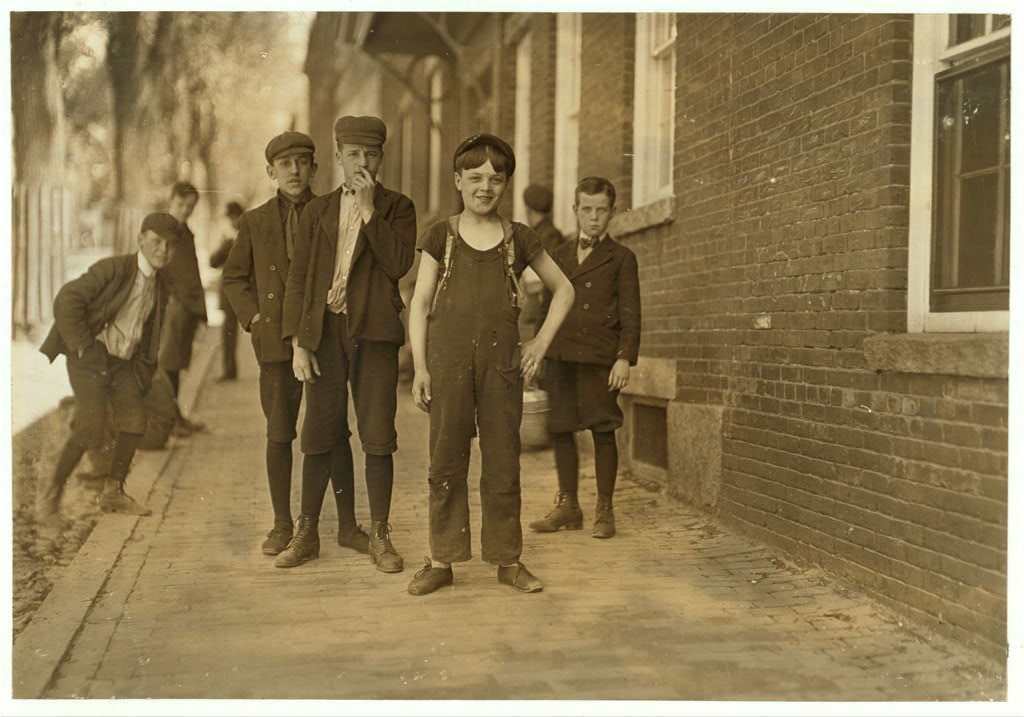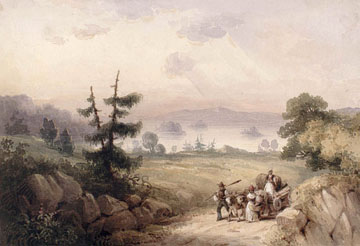Article
Abraham Feinberg
Abraham Feinberg, né Nisselevicz, rabbi, singer, peace activist (b at Bellaire, Ohio 14 Sept 1899; d at Reno, Nev 5 Oct 1986). Raised and educated in the US, he held rabbinical pulpits there in the 1920s.

Enter your search term
Signing up enhances your TCE experience with the ability to save items to your personal reading list, and access the interactive map.
Create AccountArticle
Abraham Feinberg, né Nisselevicz, rabbi, singer, peace activist (b at Bellaire, Ohio 14 Sept 1899; d at Reno, Nev 5 Oct 1986). Raised and educated in the US, he held rabbinical pulpits there in the 1920s.
"https://www.thecanadianencyclopedia.ca/images/tce_placeholder.jpg?v=e9dca980c9bdb3aa11e832e7ea94f5d9" // resources/views/front/categories/view.blade.phphttps://www.thecanadianencyclopedia.ca/images/tce_placeholder.jpg?v=e9dca980c9bdb3aa11e832e7ea94f5d9

Article
Any act of migration is an adventure and the adventuring spirit has at times characterized even the North American migrant. The interpenetration of the Canadian and American peoples has been such that no Canadian can have escaped its influence.
"https://d3d0lqu00lnqvz.cloudfront.net/media/media/5b52b570-6e9b-476a-94a9-af4ca135ac51.jpg" // resources/views/front/categories/view.blade.phphttps://d3d0lqu00lnqvz.cloudfront.net/media/media/5b52b570-6e9b-476a-94a9-af4ca135ac51.jpg

Article
Arthur Alexander Stoughton, architect (b at Mount Vernon, NY 2 Apr 1867; d at Mount Vernon, NY 14 Jan 1955). Was founder of the department of architecture at the U of Manitoba where he remained as head until his retirement in 1930.
"https://www.thecanadianencyclopedia.ca/images/tce_placeholder.jpg?v=e9dca980c9bdb3aa11e832e7ea94f5d9" // resources/views/front/categories/view.blade.phphttps://www.thecanadianencyclopedia.ca/images/tce_placeholder.jpg?v=e9dca980c9bdb3aa11e832e7ea94f5d9

Article
Dominique François Gaspard, physician and community builder (born 22 December 1884 in New Orleans, Louisiana; died 6 February 1938 in Montreal, QC). Gaspard was a respected doctor and a trailblazer in Montreal’s Black district. After serving with distinction at a field hospital during the First World War, he devoted himself to medical practice in Montreal. He also worked to create social and intellectual outlets for Black men in the city. A bilingual Catholic, he was unique in the city’s early-20th-century anglophone Protestant Black community. His story speaks of a complexity of language, ethnicity and migration not often explored in narratives of Quebec’s English-speaking and Black communities.
"https://d3d0lqu00lnqvz.cloudfront.net/media/new_article_images/DominiqueGaspard/M_Dominique_Gaspard.jpeg" // resources/views/front/categories/view.blade.phphttps://d3d0lqu00lnqvz.cloudfront.net/media/new_article_images/DominiqueGaspard/M_Dominique_Gaspard.jpeg

Article
Fenians were members of a mid-19th century movement to secure Ireland’s independence from Britain. They were a secret, outlawed organization in the British Empire, where they were known as the Irish Republican Brotherhood. They operated freely and openly in the United States as the Fenian Brotherhood. Eventually, both wings became known as the Fenians. They launched a series of armed raids into Canadian territory between 1866 and 1871. The movement was primarily based in the United States, but it had a significant presence in Canada.
"https://d3d0lqu00lnqvz.cloudfront.net/media/media/a4c521f1-90fe-495e-9550-39952e8e3d07.jpg" // resources/views/front/categories/view.blade.phphttps://d3d0lqu00lnqvz.cloudfront.net/media/media/a4c521f1-90fe-495e-9550-39952e8e3d07.jpg

Article
Between 1840 and 1930, nearly a million francophones from Canada emigrated to the United States. (See also Canada and United States.) Most emigrants came from Quebec. There were also Acadians from the Atlantic provinces. These emigrants lived throughout the Northern US, but most settled in New England. The largest cohort worked in the textile industry. The 1880s and 1890s were the crest of several waves of emigration that ended with the Great Depression. Also known as Franco-Americans, about two million French Canadian descendants live in New England today.
"https://d3d0lqu00lnqvz.cloudfront.net/media/media/service-pnp-nclc-01700-01784v.jpg" // resources/views/front/categories/view.blade.phphttps://d3d0lqu00lnqvz.cloudfront.net/media/media/service-pnp-nclc-01700-01784v.jpg

Article
“Hippies” is a term used to describe young people who participated in the 1960s counterculture movement, which originated in the United States and spread throughout Canada in the second half of that decade. As a noun, “hippie” was a play on the adjective “hip,” which was used to describe young bohemians who lived in Greenwich Village in New York City, and in San Francisco, in the 1950s and early 1960s. Hippies were part of the “baby boom” generation, born immediately following the end of the Second World War (see Baby Boomers in Canada). This demographic wave was significant enough to transform Canadian society; by the mid-1960s more than half of Canada’s population of 20 million was under the age of 25.
"https://d3d0lqu00lnqvz.cloudfront.net/media/new_article_images/HippiesinCanada/VW_Van_Hippies_British_Columbia.jpg" // resources/views/front/categories/view.blade.phphttps://d3d0lqu00lnqvz.cloudfront.net/media/new_article_images/HippiesinCanada/VW_Van_Hippies_British_Columbia.jpg

Article
Jimmy Claxton, baseball player, stevedore (born 14 December 1892 in Wellington, BC; died 3 March 1970 in Tacoma, Washington). On 28 May 1916, Jimmy Claxton became the first Black person to play Organized Baseball (MLB and all of its affiliated minor leagues) in the 20th century. The left-handed pitcher did so 30 years before Jackie Robinson played for the Montreal Royals. Claxton was also the first Black player to be featured on an American baseball card. He is the only Negro Leagues player from Canada to have his statistics upgraded to major league numbers. He was inducted into the Canadian Baseball Hall of Fame in 2021.
"https://d3d0lqu00lnqvz.cloudfront.net/Jimmy-Claxton.jpg" // resources/views/front/categories/view.blade.phphttps://d3d0lqu00lnqvz.cloudfront.net/Jimmy-Claxton.jpg

Article
Loyalists were American colonists, of different ethnic backgrounds, who supported the British cause during the American Revolutionary War (1775–83). Tens of thousands of Loyalists migrated to British North America during and after the war. This boosted the population, led to the creation of Upper Canada and New Brunswick, and heavily influenced the politics and culture of what would become Canada.(This is the full-length entry about Loyalists in Canada. For a plain-language summary, please see Loyalists in Canada (Plain-Language Summary).)
"https://d3d0lqu00lnqvz.cloudfront.net/media/media/151acf74-3492-4e2d-891d-6a2bada0080c.jpg" // resources/views/front/categories/view.blade.phphttps://d3d0lqu00lnqvz.cloudfront.net/media/media/151acf74-3492-4e2d-891d-6a2bada0080c.jpg
